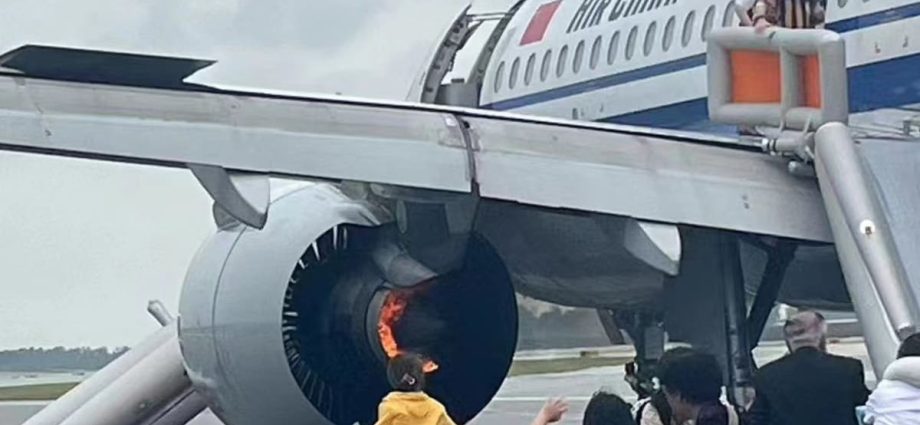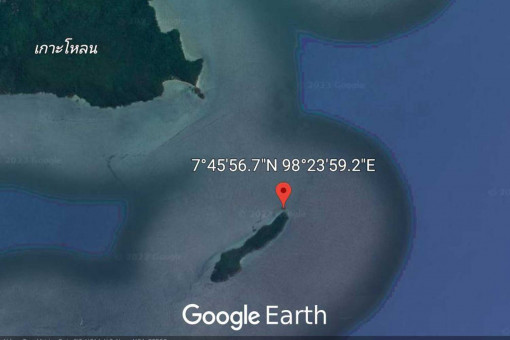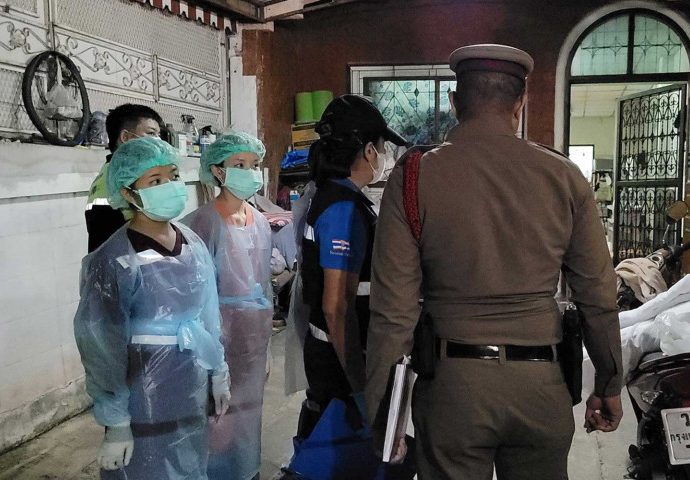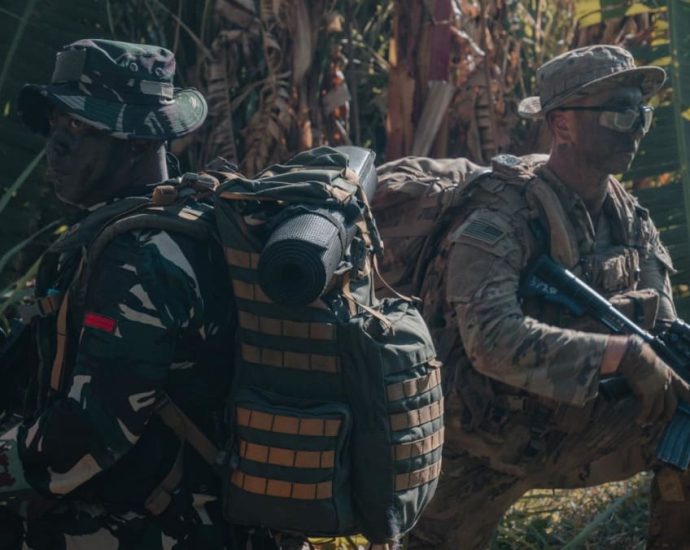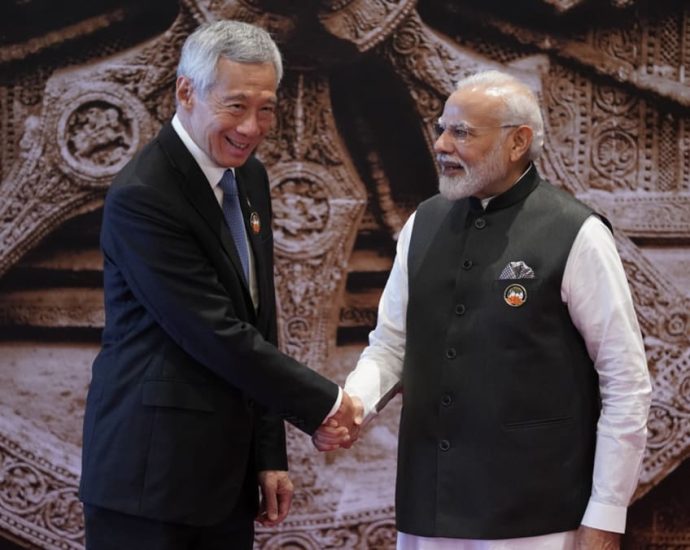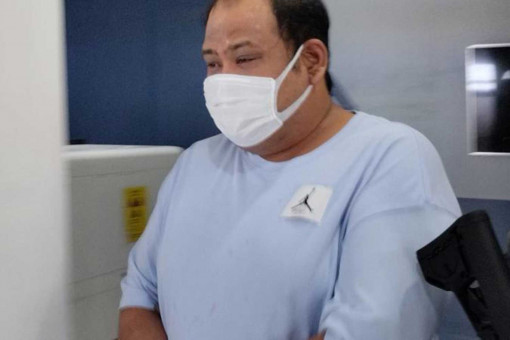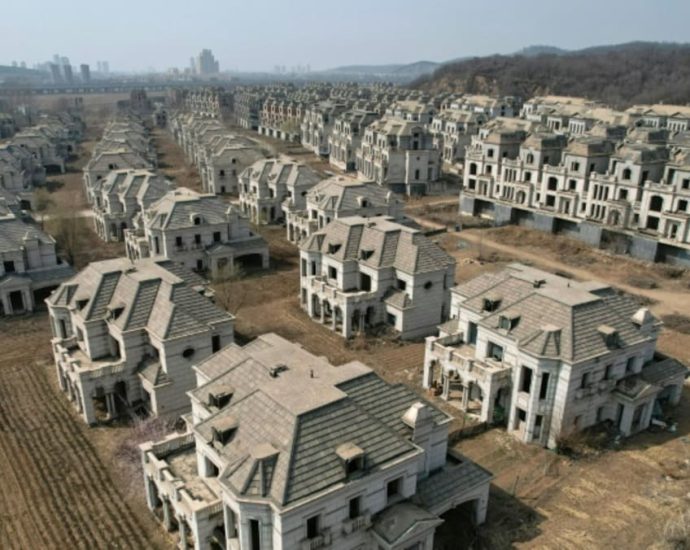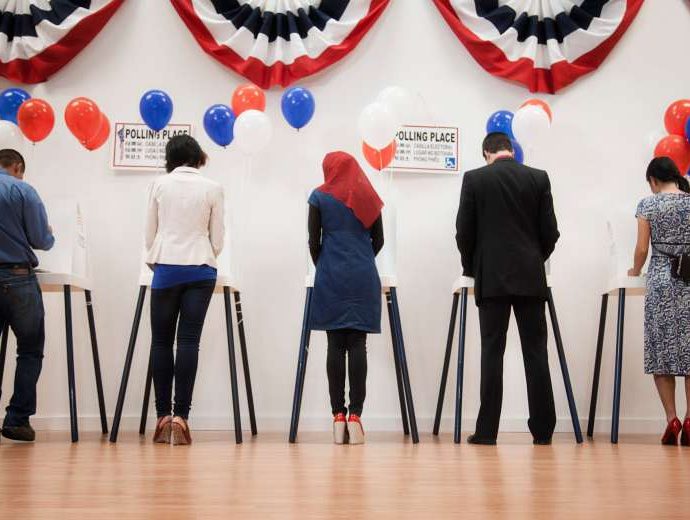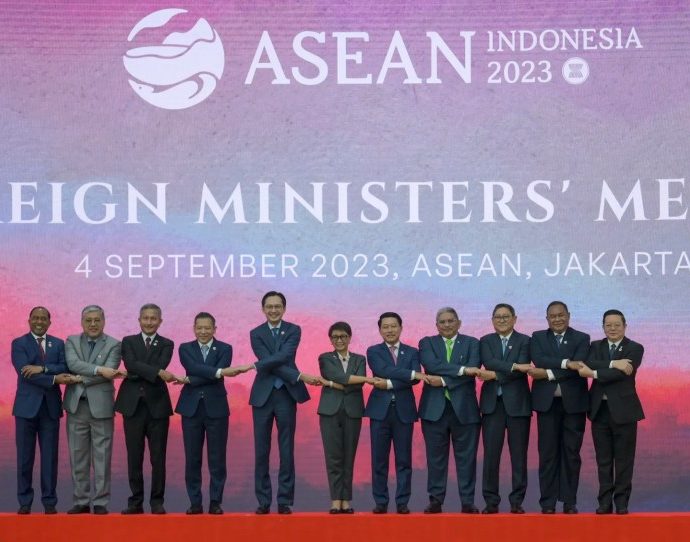Changi Airport temporarily closes runway after Air China flight catches fire
SINGAPORE: An Air China plane caught fire en route from Chengdu on Sunday( Sept.10 ), causing Singapore’s Changi Airport to temporarily close a runway andnbsp. Before touching down on Runway 3 at around 4.15 p.m., Flight CA403″ encounted smoke in the forward cargo hold and lavatory ,” according to aContinue Reading

